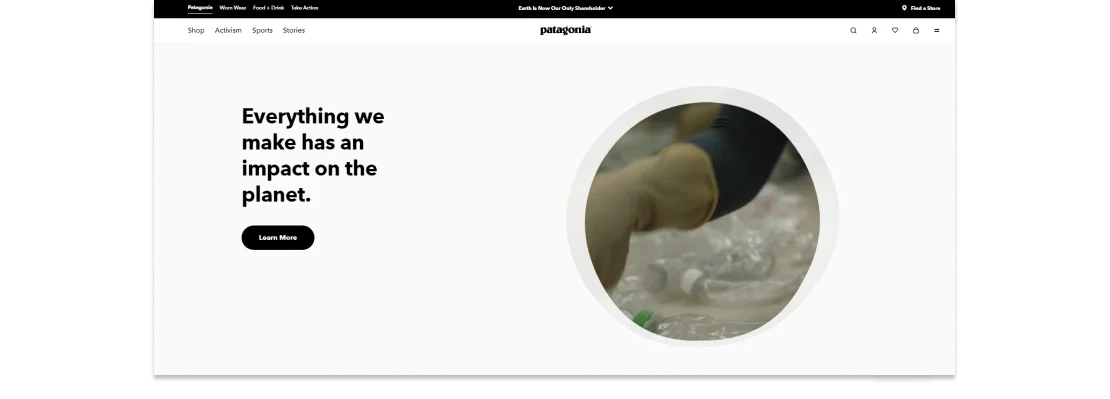
Today’s consumers care about more than just price and quality. They increasingly want to know where products come from and how they’re made. Addressing supply chain risks—potential threats to transparency goals, supplier relationships, and corporate strategy—is crucial for building consumer trust. Supply chain transparency involves openly sharing sourcing, manufacturing, and distribution information. This practice has become essential for fostering customer loyalty. For small businesses, adopting transparency can mean the difference between a thriving brand and one that struggles to gain consumer confidence.
This blog explores why supply chain transparency matters, how it influences consumer trust, and practical steps to implement these practices effectively.
Why Supply Chain Transparency Matters
At its core, supply chain transparency involves clearly communicating how products are sourced, produced, and delivered. This practice reassures customers that your products are ethically made and environmentally sustainable. Additionally, transparency addresses issues like forced labor and human rights violations, mitigating potential risks.
Consumer demand for transparency has soared, particularly among younger buyers. According to Nielsen, 73% of global consumers say they would change their buying habits to support brands that prioritize sustainable and ethical practices. This expectation is no longer a trend — it’s a new standard.
By demonstrating commitment to ethical practices, businesses not only gain a competitive edge but also build lasting relationships with value-driven consumers. In contrast, brands that hide sourcing practices risk losing credibility and damaging customer trust.
The Growing Demand for Ethical Sourcing
Consumers are now more selective about their purchases. They want quality products that are ethically made, cruelty-free, and environmentally friendly. Ethical sourcing addresses these concerns by ensuring fair labor conditions and responsible material sourcing.
According to IBM, 62% of consumers are open to altering their buying habits to minimize environmental impact. Brands like Patagonia thrive by openly sharing their supply chain details, from sourcing raw materials to factory conditions. This transparency fosterstrust with customers and strengthens brand reputation.

Small businesses can leverage ethical sourcing to differentiate themselves. Highlighting responsible practices can attract customers who align with these values, turning transparency into a powerful marketing tool.
What Makes a Supply Chain Transparent?
A truly transparent supply chain goes beyond basic visibility. It involves a strategic approach that ensures accountability, traceability, and open communication at every stage of the production and delivery process. Here are the four essential components:
Visibility
Transparency starts with visibility. Brands need to clearly track and display where products are sourced, how they’re manufactured, and what materials are used. This openness fosters trust and gives consumers a deeper look into the brand’s operations.
Accountability
It’s not enough to know where products come from — brands must also ensure that suppliers uphold ethical standards. This means setting clear guidelines, conducting regular audits, and maintaining open lines of communication about compliance efforts.
Traceability
Advanced technologies like QR codes and blockchain make it possible to trace products from source to shelf. This level of traceability provides consumers with the assurance that your ethical claims are credible and verifiable, reinforcing brand trust.
Communication
Transparency is only impactful if it’s communicated effectively. Share sourcing information through product pages, branded content, or social media. Educating consumers about your ethical sourcing practices not only builds credibility but also turns transparency into a compelling marketing advantage.
The Impact of Transparency on Brand Trust
Transparency is more than an ethical practice — it directly impacts customer loyalty. When consumers trust that your sourcing practices align with their values, they’re more likely to buy from you again and recommend your brand to others. This trust translates into repeat business and stronger brand advocacy.
For example, let’s say a small skincare brand sources its ingredients from fair-trade suppliers and prominently displays this information on its product pages. By openly communicating how and where ingredients are sourced, the brand positions itself as trustworthy and socially responsible. As a result, customers feel more confident in their purchases, leading to higher repeat purchase rates and positive word-of-mouth.
Transparency fosters accountability, reduces skepticism, and builds deeper consumer relationships. Brands that openly share their sourcing practices not only attract ethically conscious shoppers but also position themselves as credible and trustworthy — a powerful advantage in today’s market.
Tools and Technologies for Supply Chain Transparency
For small businesses, implementing transparency doesn’t have to be complicated. There are three key tools that can streamline the process and help you effectively track and share sourcing information with your customers:
Blockchain as a Digital Paper Trail
Blockchain acts as a secure record-keeping system that documents each step of a product’s journey. Once information is entered, it can’t be altered or deleted, making it a reliable method for verifying sourcing claims. For example, a coffee shop could use blockchain to confirm that its beans are sourced from fair-trade farms. By scanning a code, customers can access the entire supply chain — from farm to store — ensuring that ethical claims are backed by real data.
QR Codes for Instant Product Insights

QR codes offer a simple yet effective way to share sourcing information. Instead of listing extensive product details on a label, brands can use QR codes to direct customers to dedicated pages with sourcing stories, ingredient origins, or sustainability efforts. A skincare brand, for instance, might place a QR code on its product packaging, allowing customers to access a webpage that outlines ingredient sourcing, fair labor practices, and environmental impact. This method keeps the label clean while providing deeper insights for those interested.
Supply Chain Management Software for Comprehensive Tracking
Supply chain management software serves as a centralized hub for tracking every step of production — from sourcing raw materials to shipping the final product. This software helps businesses monitor supplier compliance, detect issues early, and maintain consistent ethical practices. Tools like Oracle NetSuite provide advanced tracking capabilities, but even a simple Google Sheet can help small businesses start documenting their sourcing efforts.
Implementing these tools doesn’t just improve operational transparency; it also builds consumer trust. When customers can verify sourcing claims with a quick scan or click, it strengthens brand credibility and reinforces your commitment to ethical practices.
Conclusion: Transparency as a Business Imperative
Supply chain transparency isn’t just a nice-to-have — it’s a critical component for building trust and maintaining credibility. As more consumers prioritize ethical sourcing and responsible business practices, brands that openly communicate their sourcing efforts can effectively stand out in a crowded market. Being transparent not only strengthens consumer confidence but also reinforces your commitment to doing business the right way.
Adapting to these changes may seem challenging, but taking small steps toward greater transparency can make a significant impact. Start by evaluating your current sourcing practices, highlighting your ethical commitments, and communicating them clearly to your audience.

 Eashan Mehta
Eashan Mehta




